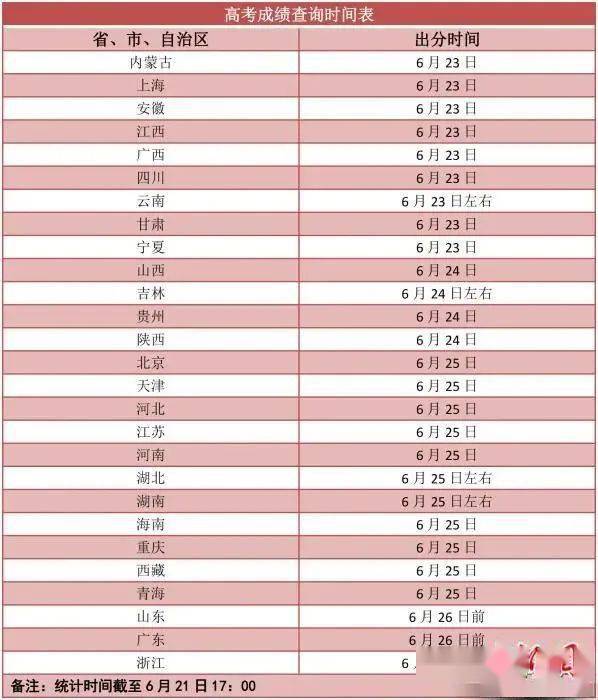Russia is quietly developing a next-generation intercontinental ballistic missile system, aimed at further enhancing its number one position in the field.
As reported by TASS, the Russian Defense Industry Complex has begun development of the new generation Kedr intercontinental ballistic missile (ICBM) system. The project is currently in the process of outlining the plan and the actual development process is expected to be implemented by the end of 2023. This project has an important role in the field of Russian intercontinental missiles.

Russia’s intercontinental ballistic missiles have the world’s leading power. Source: people.com.cn.
Russia possesses a variety of ground-launched strategic missiles
The Russian military currently deploys about 310 strategic land-based missiles, capable of carrying 1,189 nuclear warheads. This is much less than the 400 U.S. missiles, but the number of nuclear warheads carried is 1.5 times that of U.S. missiles.
Overall, the Russian Army possesses a variety of surface-to-surface strategic missiles, which are currently in the upgraded stage, in the future the number of samples will be reduced further toward comprehensive modernization.
The active land strategic forces of the Russian Army consist mainly of the following three divisions:
Liquid-fueled intercontinental ballistic missile: The representative of this line is the Satan intercontinental ballistic missile. It was a heavy intercontinental ballistic missile that entered service in the late 1980s, with a total of 46, deployed at Dombarovsky and Uzhur missile bases.
The missile has a range of 11,000 km, a flight weight of about 211 tons, an attack accuracy of about 400 m, can carry 10 guided nuclear warheads, which is Russia’s most powerful strategic missile.
However, due to its long service life, it has now begun to retire. The successor missile is the Sarmat intercontinental ballistic missile, which has a range of 18,000 km, a flight weight of about 208 tons.
In addition to carrying a guided nuclear warhead, it can also carry the Avangard supersonic missile as the first payload, which further improves the attack performance of the missile. In the future, the Sarmat intercontinental ballistic missile will completely replace the Satan intercontinental ballistic missile.
Intercontinental missiles use solid engines. Currently the main equipment of the Russian military is the Topol-M intercontinental ballistic missile, which has been deployed since 2012, with a total of 78. On that basis, Russia continued to launch Yars intercontinental ballistic missiles, mainly improving the warhead design, increasing the number of guided nuclear warheads and penetrating equipment.
Both have a range of about 10,000 to 12,000 km, a flight weight of 47 to 49 tons. They can be deployed in both fixed and mobile launch wells. Currently, 155 Yars intercontinental ballistic missiles have been commissioned and have been deployed in combination with topol-M intercontinental ballistic missiles.
Supersonic missile. Russia attaches great importance to the development of supersonic weapons. In March 2018, President Putin unveiled the Avangard supersonic missile. The missile was successfully tested on December 26 of that year and has been deployed since 2019. The missile, which has an atmospheric Mach 20 flight speed and a range of more than 10,000 km, is currently deployed at the Dombarovsky missile base, in the future it will be equipped with at least two missile regiments.

Modern Russian intercontinental ballistic missile. Source: people.com.cn.
Outstanding development characteristics
Russia’s surface-to-surface strategic missiles have strong reserves and large-scale equipment, playing an important deterrent role in early warning counterattacks and over-the-top strikes. The general development characteristics of the missile are as follows:
In terms of missile performance, the focus is on improving penetrating capabilities and survivability. With accelerating the deployment of U.S. missile defense systems globally, Russia attaches great importance to improving the penetrating capabilities of strategic surface-to-surface missiles.
The Avangard supersonic missile deployed at the end of 2019 has a maximum flight speed of Mach 20. The Russian military claims that it can penetrate any missile defense system in the world. In the future, intercontinental missiles such as sarmat will be equipped with such supersonic warheads to improve intercontinental performance.
In terms of technological development, follow the development roadmap of both solid and liquid bodies. Russia’s liquid missile technology has developed complete, its technical performance and reliability stand at the top of the world. The Satan intercontinental ballistic missile has been using the technology for more than 30 years and is an “ace” weapon to deter the West. In the future, the Sarmat intercontinental ballistic missile will serve as a replacement model.
In addition, Russia insists it will develop the name Solid intercontinental fire with strong mandability and ease of operation, and has achieved technological breakthroughs. The solid intercontinental ballistic missile, represented by Yars, can carry four guided warheads and penetrating equipment, the number of missiles deployed has reached more than 150, which has closed the gap with the US to a certain extent.
In terms of implementation, Russia follows the path of development combining fixed and mobile. Beginning in the 1990s, Russia has focused on the development and deployment of mobile strategic missiles, and has repeatedly launched intercontinental ballistic missiles such as Topol-M and Yars.
According to the latest figures, Russia has 180 mobile strategic missiles, accounting for 45% of the total missiles, which is the highest rate in recent years; fixed-launch strategic missiles have about 130, accounting for 55%. In the future, this ratio will be maintained in order to maintain the mutual complementary capabilities of the two implementation methods.
A look at kedr’s next-generation strategic missile
According to Russian media, the new generation of Kedr strategic missiles is in the process of drafting the plan. Analysts say Kedr uses solid fuel and is believed to be able to become a “ballistic missile at full speed”, capable of replacing the Yars missile system by 2030.
This project is part of the process of modernizing the strategic weapons of the Russian Strategic Missile Force. Similar to the previous generation, the new systems will be deployed in two models of mobile launchers and ground bunkers.
Russia is currently equipped with five types of surface-to-surface strategic missiles, which has put enormous pressure on logistics maintenance and combat command. Therefore, Russia wishes to accelerate kedr development so that there are many models ready to replace. Notably, the Kedr missile will most likely use the Pioneer supersonic missile, as its warhead to enhance its deterrence capabilities.
In addition, Russia intends to apply artificial intelligence technology to nuclear command, control and communication systems through the Kedr strategic missile project to accelerate decision-making procedures, improve the overall reliability and safety of the system, in order to achieve greater efficiency when intercepted by missile defense systems.





























































You must log in to post a comment.